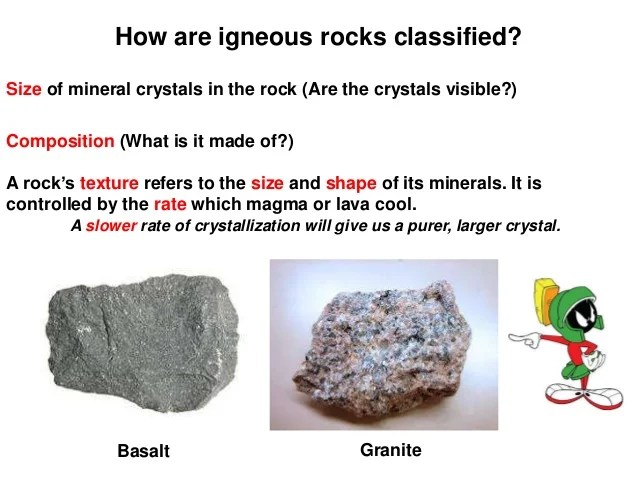42++ Granite Rock Cycle
Granite Rock Cycle. Granite’s characteristic grainy structure and strength is the result of many individual crystalline structures which form tightly together as magma slowly cools within large, deeply buried rock bodies known as plutons. Play this game to review earth sciences.

Its three main minerals are feldspar, quartz, and mica, which occur as silvery muscovite or dark biotite or both. Once the granite is exposed it is subject to weathering and erosion, linking to the sedimentary part of the rock cycle. Each of these rocks are formed by physical changes—such as melting, cooling, eroding, compacting, or deforming—that are part of the rock cycle.
idee couleur mur cuisine grise horse images hoverboard walmart near me hours movie true story
Rock QuizGeology 101 Lab WWU Flashcards by ProProfs
This allows the rock cycle to continue cycling. They are transformed by temperature and pressure. Once the granite is exposed it is subject to weathering and erosion, linking to the sedimentary part of the rock cycle. These sediments could then be compressed to form sedimentary rocks, which would start the entire cycle anew.

Granite’s characteristic grainy structure and strength is the result of many individual crystalline structures which form tightly together as magma slowly cools within large, deeply buried rock bodies known as plutons. What are the three types of rocks that are part of the rock cycle? • explain the rock cycle and its processes verbally or in text. It can be.

‘thinking like hutton’ involves bridging between the current ideas of the pupils and the ways in • granite is formed by slow crystallisation from magma. Preview this quiz on quizizz. Rocky mountain and juparana are beautiful examples of gneiss. It is usually composed primarily of the minerals quartz, feldspar, and mica.

• classify the rock cycle as a slow and gradual process but identify counterexamples to explain when rocks can be changed suddenly, as seen in natural disasters. They are transformed by temperature and pressure. It can be exhumed (brought toward the surface through erosion of the rock layers above and uplift through faulting). Granite is an igneous rock that forms.

Physical (breaking apart rock into smaller pieces) and chemical (dissolving mineral. • a full ‘turn’ of the rock cycle takes millions of years. What is the rock cycle 4th grade? • explain the rock cycle and its processes verbally or in text. Granite is an igneous rock that forms when magma cools relatively slowly underground.

Preview this quiz on quizizz. Each type of rock moves around the cycle in different ways. • classify the rock cycle as a slow and gradual process but identify counterexamples to explain when rocks can be changed suddenly, as seen in natural disasters. Igneous, sedimentary, and metamorphic rocks form the three great classes of rocks that make up the rock.

They are transformed by temperature and pressure. What are the three types of rocks that are part of the rock cycle? Granite is an igneous rock that forms when magma cools relatively slowly underground. Igneous, sedimentary, and metamorphic rocks form the three great classes of rocks that make up the rock cycle. Play this game to review earth sciences.

If granite is heated and compressed, the resulting rock is called gneiss (pronounced “nice”). • classify the rock cycle as a slow and gradual process but identify counterexamples to explain when rocks can be changed suddenly, as seen in natural disasters. • identify the sun, water, and wind as agents of weathering and erosion on earth’s surface. At the surface,.